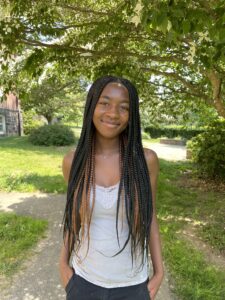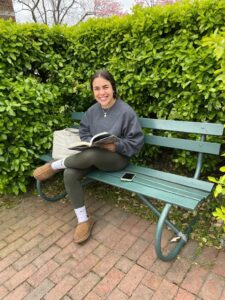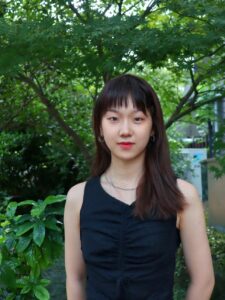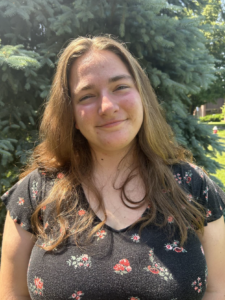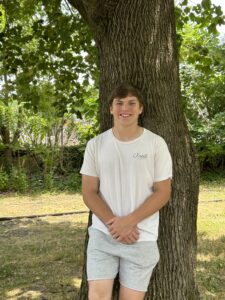Academic Program FAQs
The George School Academic Program combines a re-examination of the curriculum to maximize learning and flexibility, and an innovative 7-Term calendar, designed in response to educational neuroscience research. Take a look at these sample schedules to see a few of the ways students can customize their academic program to reach their goals.
What was the inspiration for the Signature Academic Program?
George School is always looking for the best ways to teach students and provide them with transformative experiences to prepare them for a continually changing world. As a result of ongoing, extensive professional development, the school undertook strategic planning that informed this curriculum review. That same research also led to the new schedule.
Together, the new, more flexible curriculum and calendar make more choices available for students, while giving them increased opportunity to take extra courses in areas they love and to participate fully in campus life. Students will have a broad and deep academic foundation that prepares them well for college and life after George School.
As our mission states, “George School seeks to develop citizen scholars cheerfully committed to openness in the pursuit of truth, to service and peace, and to the faithful stewardship of the earth. We want our students to treasure learning for its own sake and to use it to benefit a diverse world. Above all, we want them to let their lives speak.”
For those who want additional information about the educational neuroscience research into how students learn, these resources are a good place to start:
Why Don’t Students Like School
Make it Stick: The Science of Successful Learning
Understanding How We Learn
What are the Strategic Goals of the George School Academic Program?
Specific goals of the strategic plan made possible by our curriculum and calendar include:
- A customizable program of study.
- A significant interdisciplinary experience for all students.
- Commitment to the International Baccalaureate (IB) Diploma.
- Enhanced offerings in science, technology, engineering, and math linked to the arts.
- Inquiry-based learning as a signature pedagogy.
- Engagement in the local community and world through internships, student-faculty research, enhanced service-learning trips, and other off-campus experiences.
How does the George School Academic Program benefit students?
The George School Academic Program schedule makes it easier to meet students where they are and take them where they want to go. They can now more easily:
- “Double up” in an area of interest as early as 9th grade while taking the full breadth of courses recommended in a college-prep program.
- Accelerate by taking courses that must be followed sequentially (e.g., Spanish 1 and Spanish 2, Geometry and Algebra 2, or a prerequisite and an advanced course) in a single year.
- Spend a term off campus, such as in a domestic or international service-learning course or an internship.
- Design and create their own course, with guidance from George School faculty.
- Build in the supports they need, on a daily basis or in concentrated modules depending on what is needed.
How can students achieve their varied goals?
Because the George School Academic Program enables students to customize their education, the benefits are individualized to each person.
- Students don’t have to sacrifice things they love to ensure they meet graduation requirements (unless they love too many things).
- Students can choose from more courses and experiences, including internships, structured independent research, and community engagement.
- Students can go deeper into a department or sample more subjects.
- Term-long service-learning trips maximize impact, with a strong curricular connection and time for preparation and reflection built in.
- With only 3-4 classes per term, students have more time—to get involved in extracurricular activities, seek extra help, enjoy campus events, spend time with friends, sleep, and breathe.
- Because each term comprises different classes and experiences, school stays fresh and students look forward to what the next term will bring.
Take a look at these sample schedules to see a few of the ways students can customize their program to reach their goals.
How does the George School Academic Program support IB and AP?
The George School Academic Program supports the deep learning emblematic of International Baccalaureate (IB) and Advanced Placement (AP) courses. Its built-in flexibility enables more students to pursue IB or AP, if they wish, by making it easier to take both the prerequisites and the IB/AP courses themselves while still taking other subjects of interest.
Courses are scheduled during the year in accordance with any fixed external dates, such as IB and AP exams. So, for example, IB and AP courses conclude in terms that finish shortly before their associated tests to allow maximum instructional time prior to those exams.
Some aspects of the IB Diploma Program, such as the Group 4 (science) project and its independent lab work, may be undertaken in their own modules, providing dedicated time for their completion.
Seniors who opt to take all IB and AP courses will have no traditional classes in Term 7, allowing them to focus fully on these exams.
How does the George School Academic Program benefit college admission?
Though the academic day looks different, our approach to college counseling remains the same: to guide students through a healthy college search, armed with up-to-date information directly from colleges.
The foundation of any college application is the high school transcript. Colleges look at how students maximize their learning opportunities—both through the challenges they undertake and the success they achieve—within the curricular options available. By expanding those options, including through experiential learning, the Signature Academic Program enables George School students to shine even brighter.
How does the 7-term calendar work?
The academic year—late August-early June—is divided into 7 terms, each 24 days long, or about 5 weeks.
A single term of a class or other activity is a module or “mod,” with individual courses ranging from 1 to 3 mods in length, providing the right amount of time to dig into each subject. (In terms of instruction, 3-mod courses are roughly equivalent to a full-year course at many schools.) Mods in a multi-mod course do not necessarily meet in consecutive terms, so the combination of classes and other activities a student takes changes each term.
Just as there are 4 mods per term, there are 4 classes (we call them “arrangements”) in the school day, one for each mod. Though the time each is held varies from day to day, each is 75 minutes long, with breaks in between. In keeping with research on how to best structure time for busy high school students, the day includes time for clubs, homework, extra help, socializing, athletics, performing arts, relaxing, and enjoying campus life.
As we’ve designed the daily/weekly schedule, one of our goals has been to prioritize holistic wellness. While we know some stress can be good for students, we’ve worked to minimize the hectic pace that can so often characterize the high school experience. Longer class periods and more breaks can allow students to alternate between the intensity of classwork and rejuvenation offered by a long lunch, a walk around campus, or a game of four square.
How does the schedule affect work load?
With only 4 modules at a time, students can focus on each one and make their homework time more meaningful and less stretched.
What is WIN?
WIN is short for What I Need. It is an unstructured time during which students can meet with teachers, drop by the Learning Center, go to the library, socialize, relax, eat, have club meetings… whatever they need.
How do testing and grading work?
With 75-minute class periods, teachers can schedule exams and other big assessments when they are appropriate for the course, rather than during predetermined exam weeks.
Grades at the end of each term indicate progress to date, but only the final course grade is recorded on transcripts.
How do students plan their courses and schedules?
Students still select the particular courses (e.g., Spanish 3, Precalculus, IB Biology, AP Economics) they want to take. Our scheduling team figures out how to put the pieces of the puzzle together so that the various mods of each class are organized in a way that works for the student.
Our team of academic program experts (Registrar, Director of Studies, IB Coordinator, College Counselors, and Associate Head of School) do course planning workshops with current students in the winter prior to the course sign-up period that lasts from late January through mid-February. Returning students do the actual selecting of courses in conjunction with their advisors.
Information about course selection and opportunities to talk with the Registrar or Director of Studies, who work closely with the Admission team, are part of the Enrollment process for new students.


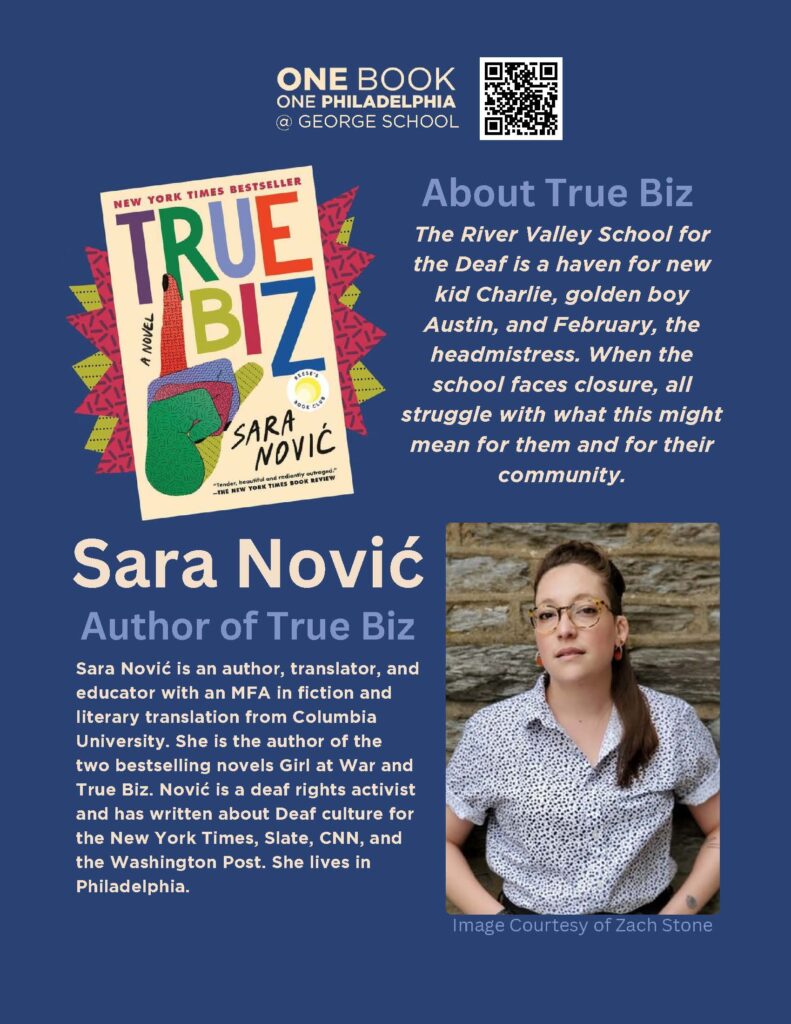



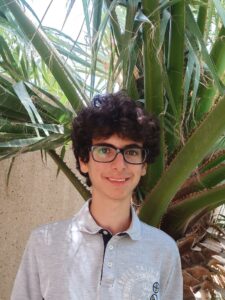 Monastir, Tunisia, and Amman, Jordan
Monastir, Tunisia, and Amman, Jordan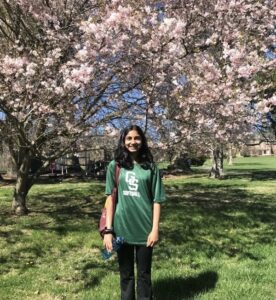 Irvine, CA
Irvine, CA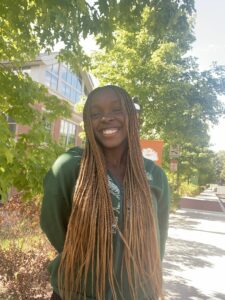 Feasterville-Trevose, PA
Feasterville-Trevose, PA New Hope, PA (Previously NYC)
New Hope, PA (Previously NYC)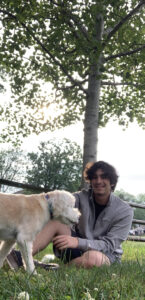 Richboro, PA
Richboro, PA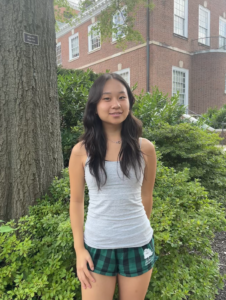 Englewood, NJ
Englewood, NJ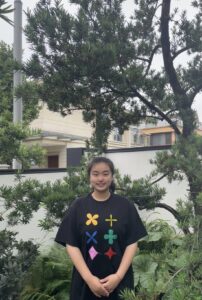 Ningbo, Zhejiang, China
Ningbo, Zhejiang, China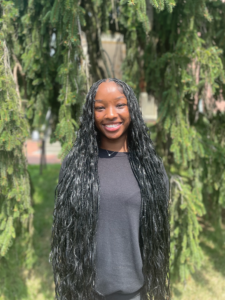 Willingboro, NJ
Willingboro, NJ Yardley, PA
Yardley, PA Newtown, PA
Newtown, PA Holicong, PA
Holicong, PA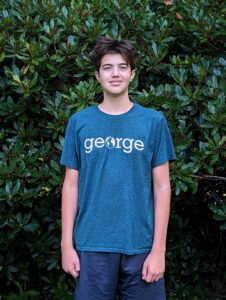 Newtown, PA
Newtown, PA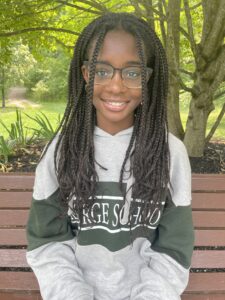 Hamilton, NJ
Hamilton, NJ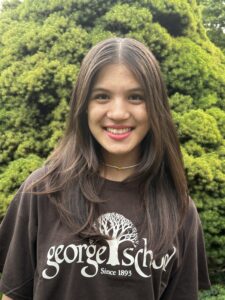 Yardley, PA
Yardley, PA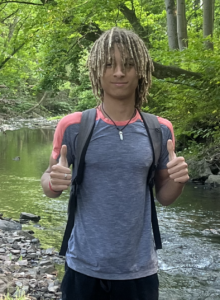 Lambertville, NJ
Lambertville, NJ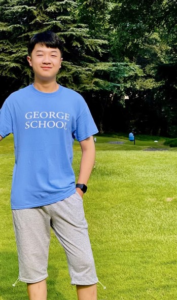 Chongqing, China
Chongqing, China Pennington, NJ
Pennington, NJ Yardley, PA
Yardley, PA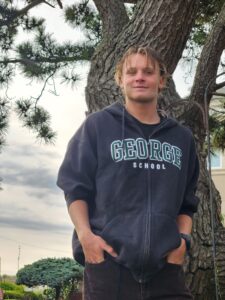 Bensalem, PA
Bensalem, PA Borgota, Colombia
Borgota, Colombia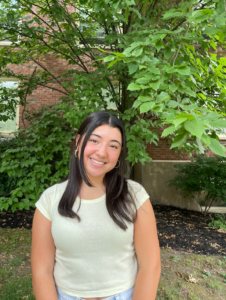 Newtown, PA
Newtown, PA Burlington, NJ
Burlington, NJ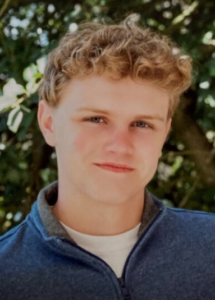 Langhorne, PA
Langhorne, PA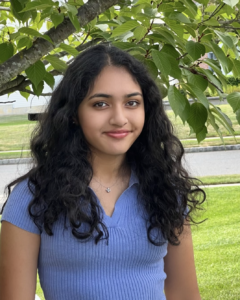 Princeton, NJ
Princeton, NJ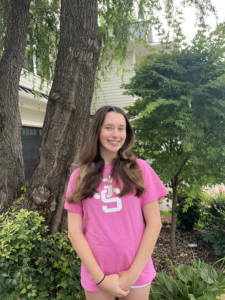 Langhorne, PA
Langhorne, PA New York City, NY
New York City, NY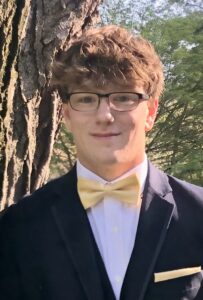 New Hope, PA
New Hope, PA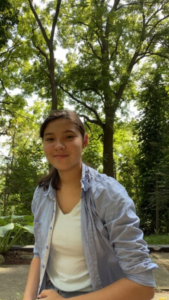 St. Catharines, Ontario, Canada
St. Catharines, Ontario, Canada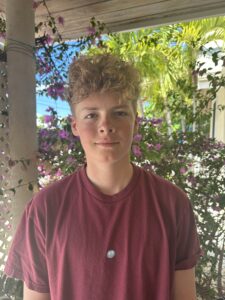 Providenciales, Turks and Caicos Islands
Providenciales, Turks and Caicos Islands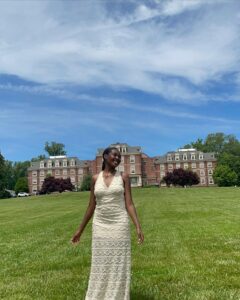 Willingboro, NJ
Willingboro, NJ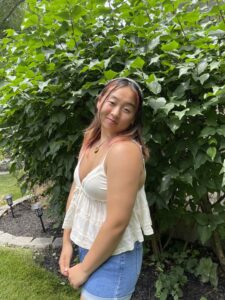 Princeton, NJ
Princeton, NJ
 Newark, NJ
Newark, NJ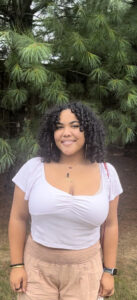 Trenton, NJ
Trenton, NJ Newtown, PA
Newtown, PA
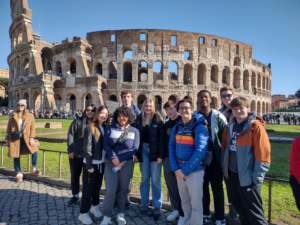
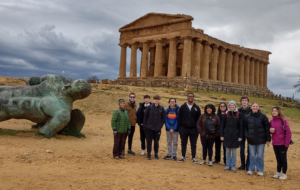

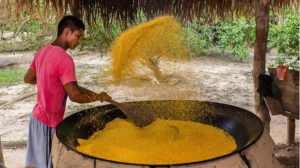


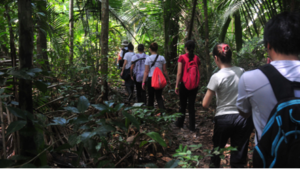
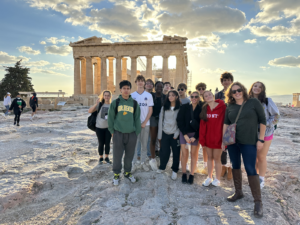
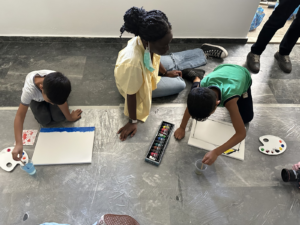
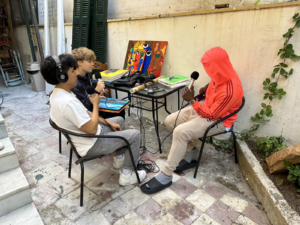

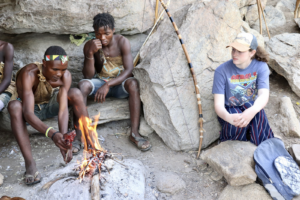
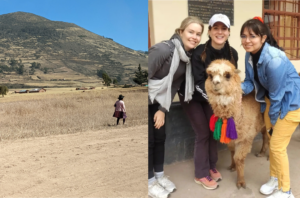

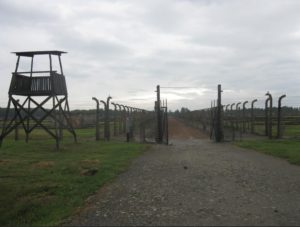
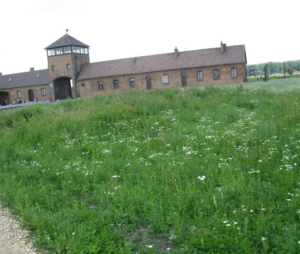


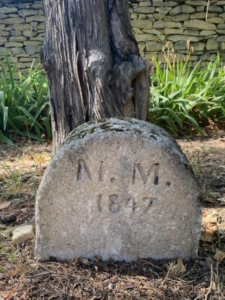
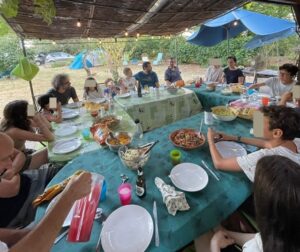
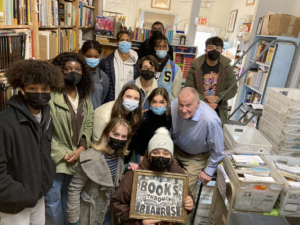
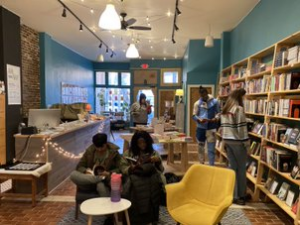
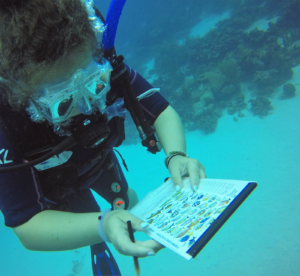

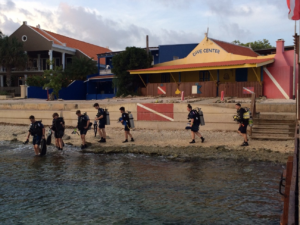
 Lawrence, NJ
Lawrence, NJ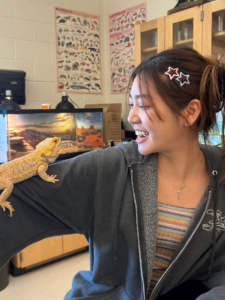 Seoul, South Korea
Seoul, South Korea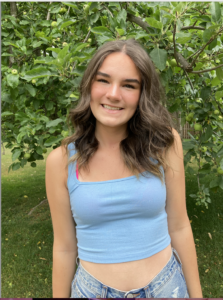
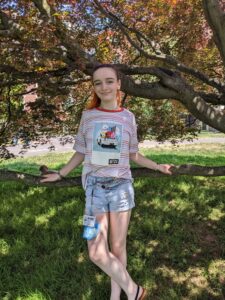 Milwaukee, Wisconsin
Milwaukee, Wisconsin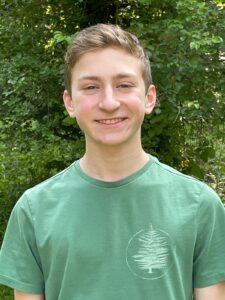 Pennington, NJ
Pennington, NJ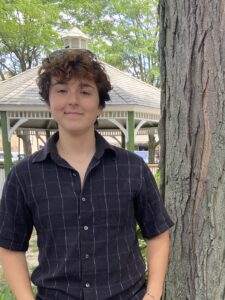 Jenkintown, PA
Jenkintown, PA Ottsville, PA
Ottsville, PA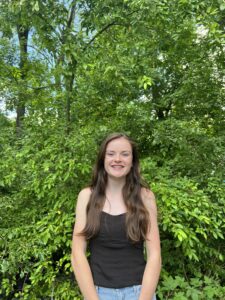 Yardley, PA
Yardley, PA Providenciales, Turks and Caicos Islands
Providenciales, Turks and Caicos Islands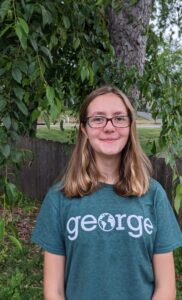 Hopewell, NJ
Hopewell, NJ
 Pottstown, PA
Pottstown, PA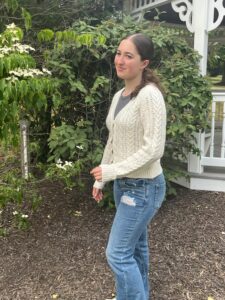 Playa del Carmen, Quintana Roo, México
Playa del Carmen, Quintana Roo, México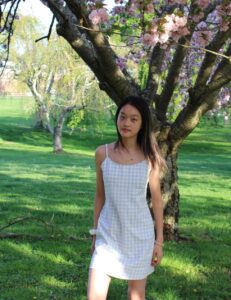 Shanghai, China
Shanghai, China Beijing, China
Beijing, China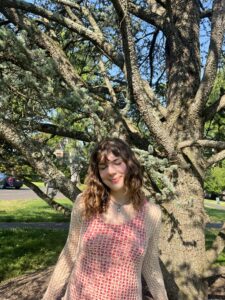 Yardley, PA
Yardley, PA Beijing, China
Beijing, China Holland, PA
Holland, PA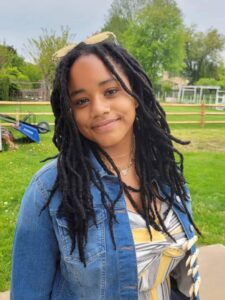 Langhorne, PA
Langhorne, PA Ringoes, NJ
Ringoes, NJ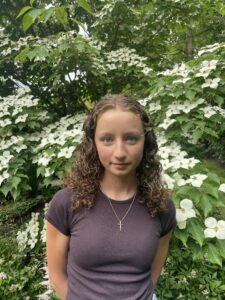 New Hope, PA
New Hope, PA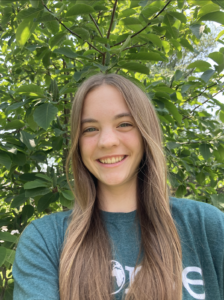 Dreshner, PA
Dreshner, PA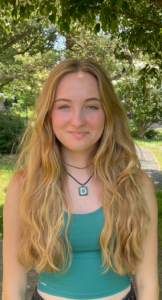 Yardley, PA
Yardley, PA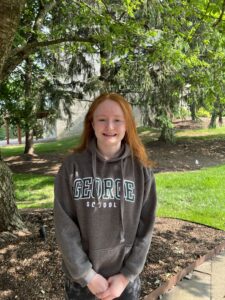 Yardley, PA
Yardley, PA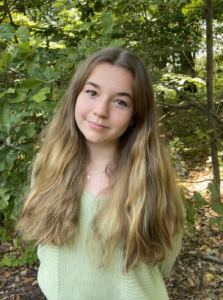 PA
PA


 Xi’an, China
Xi’an, China